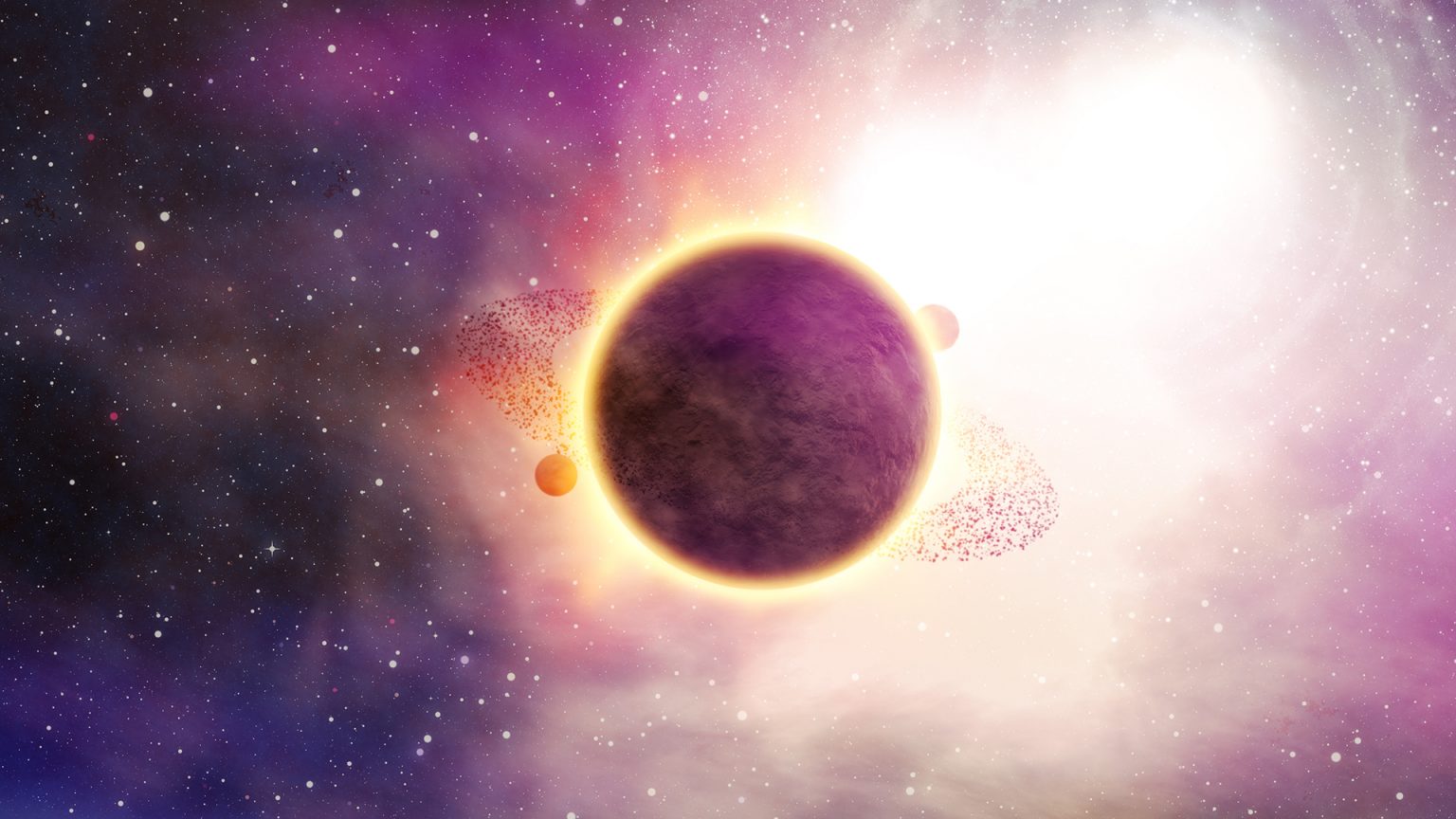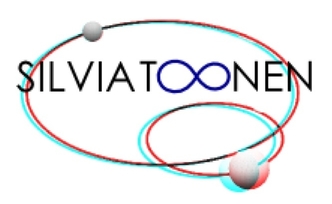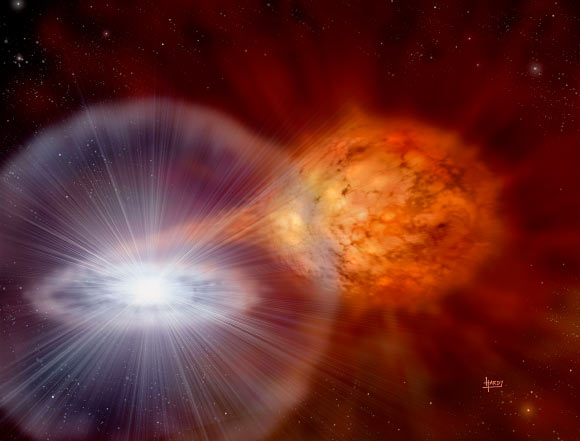
Stellar triples as a source for Ba stars
Barium stars have been studied extensively over the past few decades, yet our current understanding of how these intriguing objects formed leaves much to be desired. Many trends observed in systems containing barium stars cannot be satisfactorily explained by classical binary evolution models, naturally raising the question of whether triples and other higher order multiples can give rise to such exotic objects. In this paper, we study the possibility that a Roche Lobe overflow from a tertiary in a hierarchical triple system can potentially lead to surface barium enrichment within the inner binary, while at the same time causing the inner binary to merge, thereby producing a barium star. This possibility has the potential to form a large proportion of Barium stars, as Roche Lobe overflow from a tertiary is typically much more stable for close orbits than that from a binary companion. Various formation channels and mechanisms by which this can be achieved are considered, and constraints on relative formation rates are placed on each scenario. Three recently discovered triple systems containing Ba stars further support our proposed formation mechanism.







